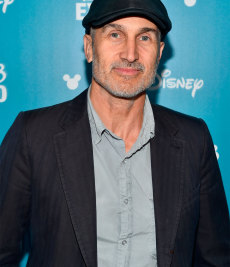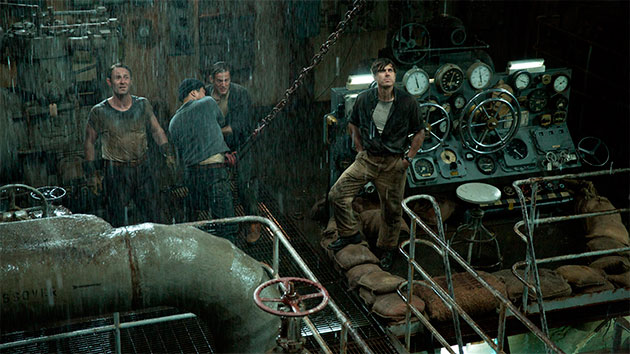
Disney’s The Finest Hours is the fifth full-length motion picture directed by Craig Gillespie, and far and away, the largest, most technically complicated, and highest-profile picture he has helmed. The movie relates the real-life story of a heroic Coast Guard rescue in the teeth of a horrific New England snowstorm off the coast of Massachusetts in 1951. As such, it required Gillespie’s team to replicate the era, the weather, conditions at sea, a shattered oil tanker’s struggle to stay afloat, and a small Coast Guard vessel’s seemingly impossible effort to cut through raging seas in order to reach the vessel.
Massive practical and digital effects were required, among other things, as huge sets were built, water stunts filmed, and practical effects choreographed and executed on the water, in tanks, and on stages in Quincy, Massachusetts, and at other locations across the state.
As he recently told StudioDaily, Gillespie knew from the outset that the effort was going to be gargantuan and, at times, “miserable,” because he his team were doing what he calls “a water film, where everything is harder and slower than you expect, with all the safety concerns.” But Gillespie also says the experience, in the end, made him a better director because he learned how to use state-of-the-art practical and digital effects techniques subtly, to enhance what, at the end of the day, he calls “a great human story.”
The key to the whole thing, he adds, was planning like crazy, and surrounding himself with some of the industry’s best.
“To start out, I had a strong visual idea of what I wanted to do,” he told Studio during a recent conversation for the most recent installment of the Podcasts from the Front Lines series. “So I sat down for three weeks and just storyboarded the movie I wanted to make so that I could give all departments as clear a plan as possible. The astounding part of it, which really helped everybody, was that Michael Corenblith, our production designer, built some massive sets at the Quincy Shipyards. The engine room you see on the opening shot, where we crane down through five floors to [a lead character sitting at the bottom of the engine room]—that really was 65 feet tall, on a gimbal, with a hull filled with 10 feet of water. We had the physical effects guys who worked on the [Pirates of the Caribbean films], and they had worked on some massive set pieces, but never with that much massive weight before. So they had to re-devise how to rock that set with that much water and weight in it.
"When you see our actors out on the deck [of the oil tanker SS Pendleton], that is all a live set. They got to work there, being bombarded by water and rain and wind, while we put in the background [digitally]. They were 65 feet high in the air, at a railing, and had to climb down the side of that steel set as it rocked.”
During his conversation with Studio, Gillespie also discussed the contributions of his cinematographer, Javier Aguirresarobe, ASC, editor, Tatiana Riegel, ACE, and the visual effects units that were central to the illusion he crafted for The Finest Hours. To enjoy the conversation, watch the video below or, to download an audio-only MP3 version, right-click here.
Sections: Creativity
Topics: Podcast Podcasts from the Front Lines Project/Case study craig gillespie production design VFX
Did you enjoy this article? Sign up to receive the StudioDaily Fix eletter containing the latest stories, including news, videos, interviews, reviews and more.

Leave a Reply